When it comes to life-saving children’s cancer treatments, there’s much we can learn from other diseases said Dr W Joost Lesterhuis, who heads up the Sarcoma Group at Perth’s Telethon Kids Institute. Often, the only thing standing in the way of applying tried and tested approaches to new medical contexts is a lack of funds for research.
But thanks to new funding from The Kids’ Cancer Project, Dr Lesterhuis has been given the green light to explore an exciting new treatment for soft tissue sarcoma in children.
Read more: Intraoperative Immunotherapy To Prevent Relapse In Soft Tissue Sarcoma
He is a relatively new player in the sphere of kids’ cancer research having entered that world only six years ago after a long career practicing adult oncology.
“While I no longer practice in the clinic, I really remembered the sarcoma patients,” he said. “They're the closest to my heart because they tended to be the youngest of my adult patients — normally around 17 to 25 years.”
“Sarcoma patients are basically treated in the same way they were 30 years ago - that's really quite different from a lot of other cancers. So, there was a massive urgent medical need, and I really felt the need to do something.”
“About two years ago I was asked to join the Telethon Kids Institute to lead the sarcoma group and I didn't have to think about that for a second, I immediately said, ‘Yes’,” said Dr Lesterhuis.
While soft tissue sarcoma affects one per cent of adults, it’s known primarily as a pediatric cancer and is the third most common after leukaemia and brain cancer.
Sadly, one in three children lose their battle with the disease. Relapse is common even after extensive treatment including surgery and chemotherapy, as the cancer often returns to the site of the original tumour.
“The thing about soft tissue sarcoma is that the primary treatment is always surgery,” said Dr Lesterhuis.
“So, you try to remove the tumour as much as you can, but unfortunately there's always some cells that remain behind in the wound area that over the course of months or years that will grow out again and cause the cancer to return,” he said.
Armed with almost $200,000 in funding from The Kids’ Cancer Project and effectively doubled through partnership with Cancer Australia's Priority-driven Collaborative Cancer Research Scheme, Dr Lesterhuis and his team will test a more effective approach that delivers immunotherapy directly to the tumour site during surgery, to stop this from happening.
The novel idea was sparked in an unexpected setting years ago, when Dr Lesterhuis did his oncology training in the Netherlands.
“When I did my training, I also did a general internal medicine rotation, and one of those was in an orthopaedic surgery team,” he said.
“When they do hip replacements and put in an artificial hip, bacteria can grow on it really well. So, what they did was use beads that locally release antibiotics in the wound area to prevent these infections.”
“As I was already doing my PhD in tumour immunology at the time, I thought, ‘Oh wait, if I could use that sort of system to use immunotherapy drugs locally, then I might be able to do something useful’."
Technology is at the forefront of Dr Lesterhuis’ endeavour. In partnership with Professor Swaminatha Iyer, a material scientist at the University of Western Australia, his team is developing a degradable biomaterial that can release immunotherapy drugs into the wound for a sustained period of time.
“What we're doing now is developing a material that the surgeon can put in the wound, close it and send the child home,” said Dr Lesterhuis.
“Over several days or weeks, the material then slowly releases immunotherapy drugs so that the immune cells can be attracted into the wound and mop up any remaining cancer cells. The material itself is degradable. So, after a short period of time it will be gone and hopefully so will the cancer. It also means we can dose at a very low level, which means the child will hopefully have less side effects, too,” he said.
Time is of the essence as the team have a goal to get this treatment to the bedside for clinical trials within the next three years. Funding is vital to help speed up what can be an arduous process.
“We don't want to diminish the quality of the research, which means in general it takes an awful long time. Clinical trials in children also tend to be very expensive. That's where the funding from The Kids’ Cancer Project really helps.”
If all goes to plan, it’s Dr Lesterhuis’ long-term vision is that the treatment could one day completely replace traditional methods like chemotherapy.
Not only could this help increase survival rates, but also reduce some of the physical and emotional burden on the children and their parents.
“With the current treatment, it tends to be somewhere around 10 months of chemotherapy given before and after surgery. That’s almost a year of hospital visits, and often very severe side effects.”
With the help of this funding, Dr Lesterhuis will be able to take this dedication to helping young sarcoma patients to the next level — an opportunity he is endlessly grateful for.
